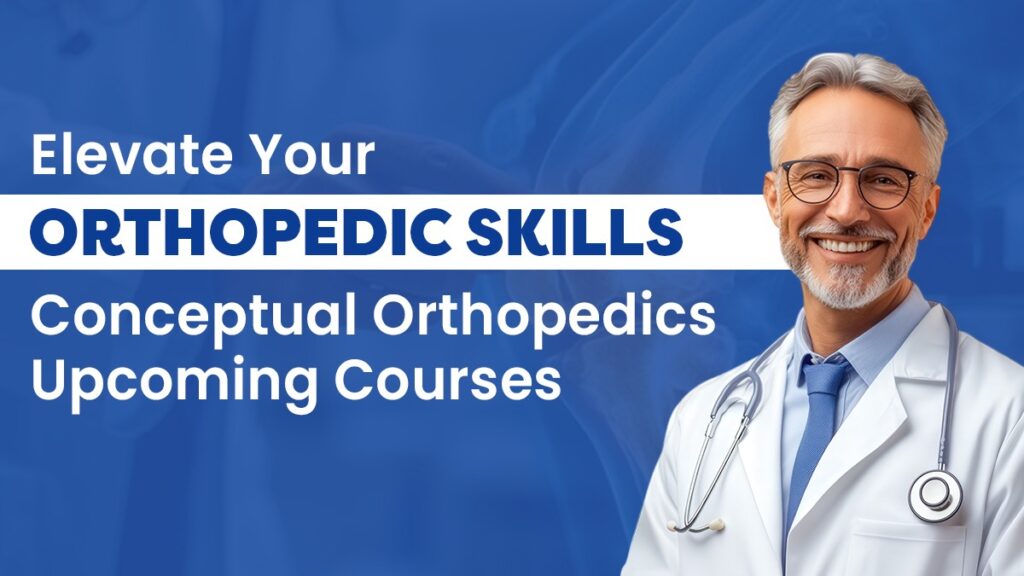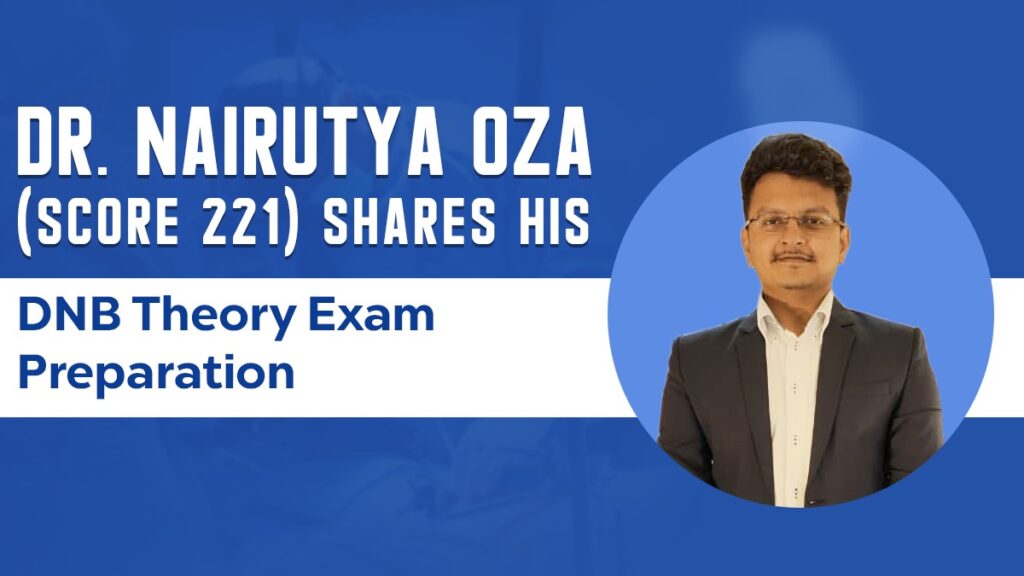Confused about choosing Orthopedics as a Branch? Honest Answers for Students

Clearing NEET PG feels like winning a battle, but counselling quickly reminds you that the real challenge is still ahead — choosing the right branch. With opinions flying in from seniors, relatives, social media, and coaching mentors, confusion is almost guaranteed. If orthopedics is on your list, you’re probably asking yourself the same questions many […]
NEET SS 2025: One Month. One Chance. One Platform That Changes Everything — Conceptual Orthopedics

With the NEET SS 2025 clock ticking down to the final month, every single minute is currency. You already know this isn’t just another test. It’s a notoriously difficult beast, famous for its unpredictable, clinical-heavy questions and a relentless focus on real-world surgical application. If you’re locked into Orthopedics NEET SS, you’re wrestling with brutal […]
Understanding Degenerative Cervical Myelopathy: Causes, Classifications & Clinical Insights

Degenerative Cervical Myelopathy (DCM) falls under a broad umbrella of conditions affecting the spinal cord. Within this umbrella lies a subset of myelopathy caused by bulging or herniated discs, vertebral deformities, osteophytes, facet joint arthropathies, hypermobility, instability, and spondylolisthesis. On the other side of this umbrella are ligamentous pathologies like OPLL (Ossified Posterior Longitudinal Ligament) […]
What is DNB in Orthopedics? Everything You Should Know

Being an MBBS graduate, you dream of becoming an orthopedic surgeon. However, you are still confused about which postgraduate path you should take. You may then have heard of DNB Orthopedics. But what exactly is it? How is it different from MS Orthopedics? Who can apply, and what kind of training does it involve? What […]
Understanding Clubfoot: Clinical Features, Diagnosis, and Evaluation in Newborns

Clubfoot, also called Congenital Talipes Equinovarus (CTEV), is considered one of the most common inherited lower limb deformities, which is generally seen in newborns. It is a structural deformity that was present at the time of birth, but if it is not recognized and treated appropriately, it can lead to lifelong disability. For taking concern […]
Decoding Adhesive Capsulitis: Dr. Harpreet Singh’s Step-by-Step Guide to Clinical Mastery

If you’re asked to discuss or diagnose a case of adhesive capsulitis (frozen shoulder) in your exams or wards, there’s a certain structure that can make all the difference. Dr. Harpreet Singh, known for his clear, concept-driven teaching, explains exactly how to approach such cases — from history taking to examination and management — just […]
Diwali Dhamaka – Saal Ka Sabse Bada Discount on Conceptual Orthopedics!

This Diwali, give your learning a fresh start with the biggest discount of the year. If you’re an MS/DNB Orthopedics resident trying to balance postings, academics, and exam prep or if you’ve just started preparing for NEET SS Orthopedics and feel lost about where to begin, this is the best moment for you to celebrate […]
Elevate Your Orthopedic Skills with Conceptual Orthopedics Upcoming Courses

A Chance to Enhance Your Knowledge & Skills in the Field of Orthopedics Are you a budding orthopedic professional eager to take your expertise to the next level? Conceptual Orthopedics invites you to be a part of its highly anticipated signature programs. A series of live events and hands-on workshops is held across India. While […]
How Dr. Aakash Sachdeva Cleared DNB Orthopedics with Conceptual Orthopedics?

How Dr. Aakash Sachdeva Cleared DNB Orthopedics with Conceptual Orthopedics? Passing the theory exam of DNB requires concentration, hard work, and proper guidance. Today, we are feeling so proud that our premium subscriber, Dr. Aakash Sachdeva, passed the DNB theory exam milestone through his hard work and with the guidance of Conceptual Orthopedics as his […]
Dr. Nairutya Oza (Score 221) Shares His DNB Theory Exam Preparation

Dr. Nairutya Oza (Score 221) Shares His DNB Theory Exam Preparation Starting a pediatrics residency is both exciting and overwhelming. From cracking one of the toughest entrance exams to finally stepping into your dream speciality, the journey ahead is packed with learning, challenges, and opportunities to grow — not just as a doctor but as […]